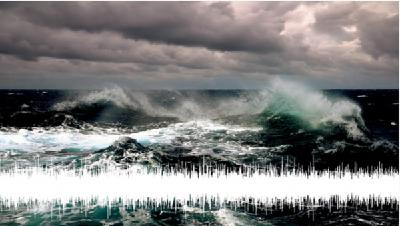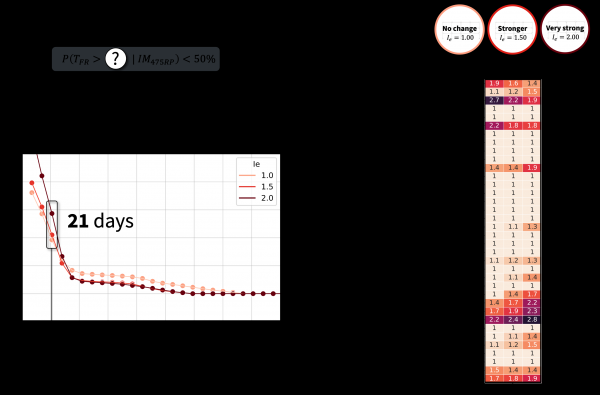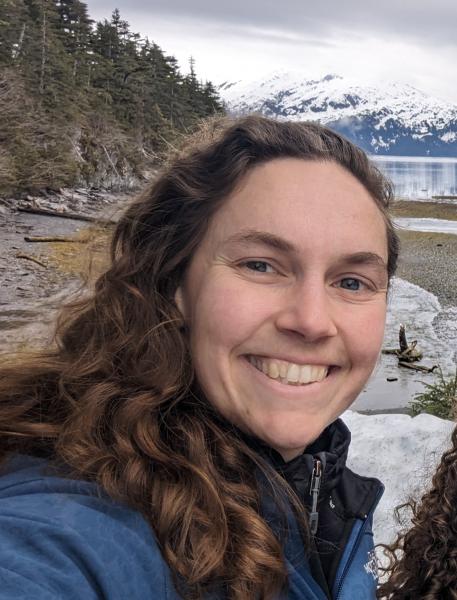How Fault Network Geometry Affects Earthquakes
Description
Jaeseok Lee, Brown University
Field observations indicate that fault systems are structurally complex, yet fault slip behavior has predominantly been attributed to local fault plane properties, such as friction parameters and roughness. Although relatively unexplored, emerging observations highlight the importance of fault system geometry in the mechanics governing earthquake rupture processes. In this talk, I will discuss how the geometrical complexities of fault networks impact various aspects of fault slip behavior, based on the analysis of surface fault trace misalignment. We discover that surface fault traces in creeping regions tend to be simpler, whereas those in locked regions are more complex. Additionally, we find correlations between complex fault geometry and enhanced high-frequency seismic radiation. Our findings suggest the potential for a new framework in which earthquake rupture behavior is influenced by a combination of geometric factors and rheological yielding properties.
























